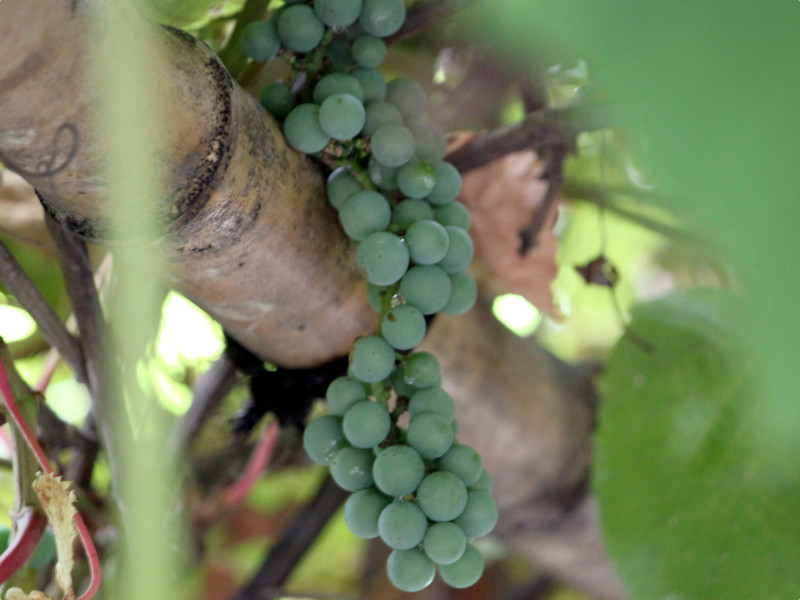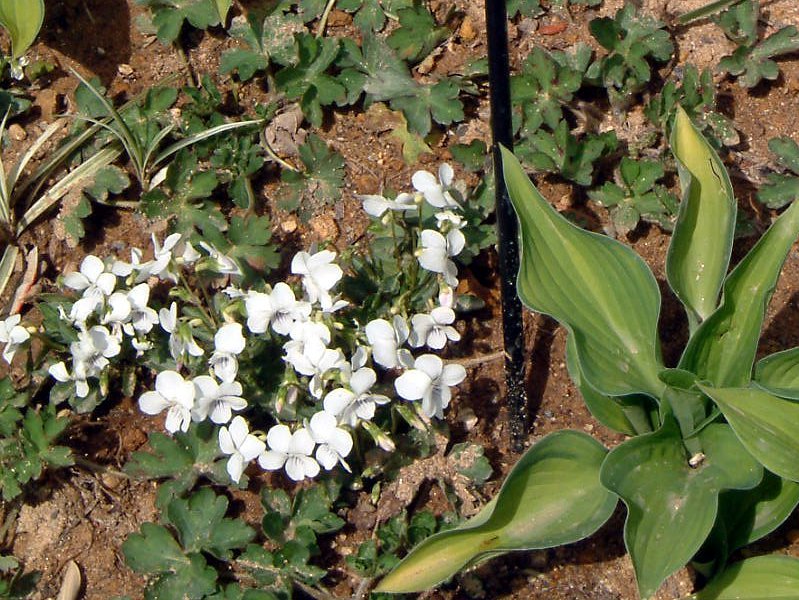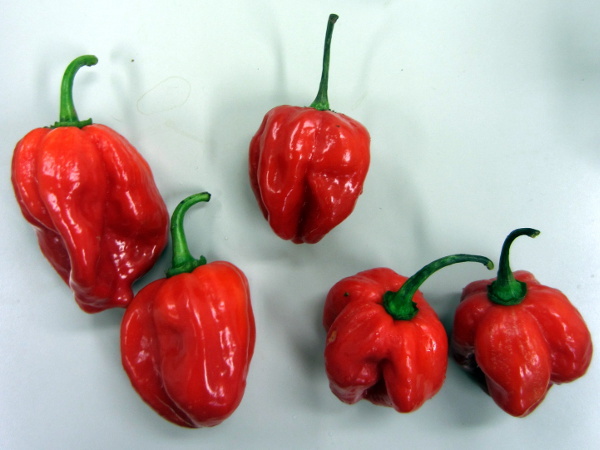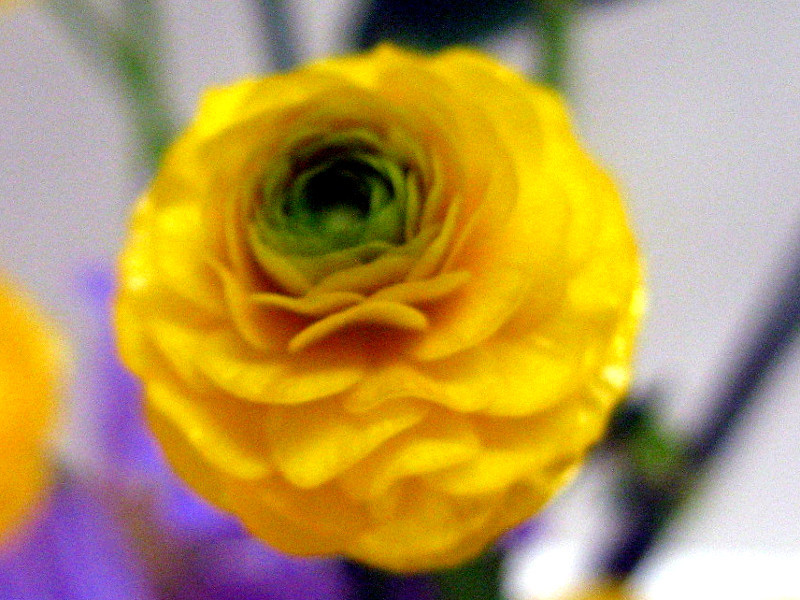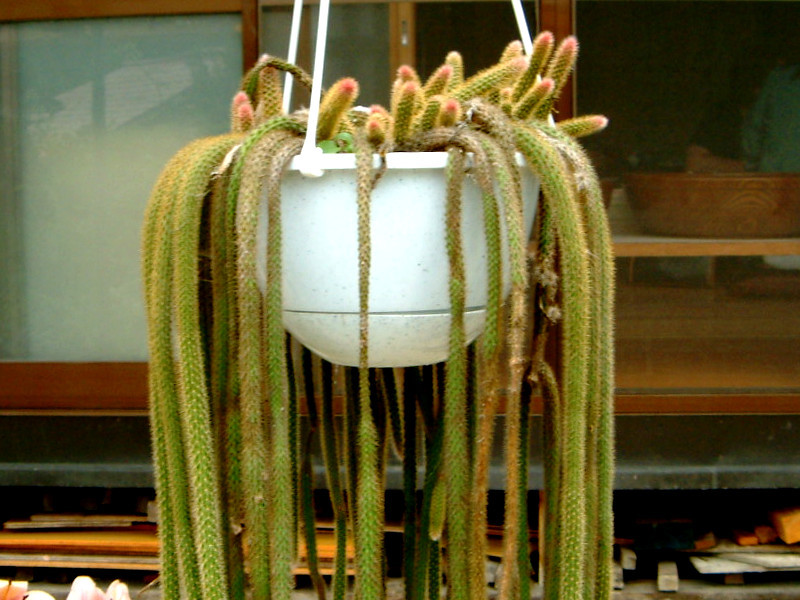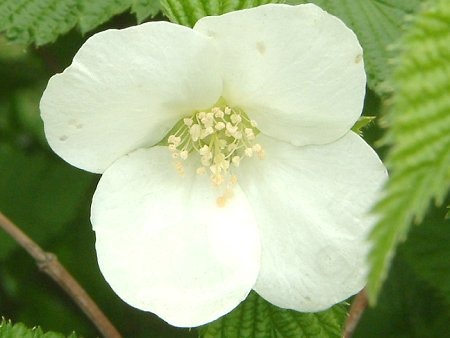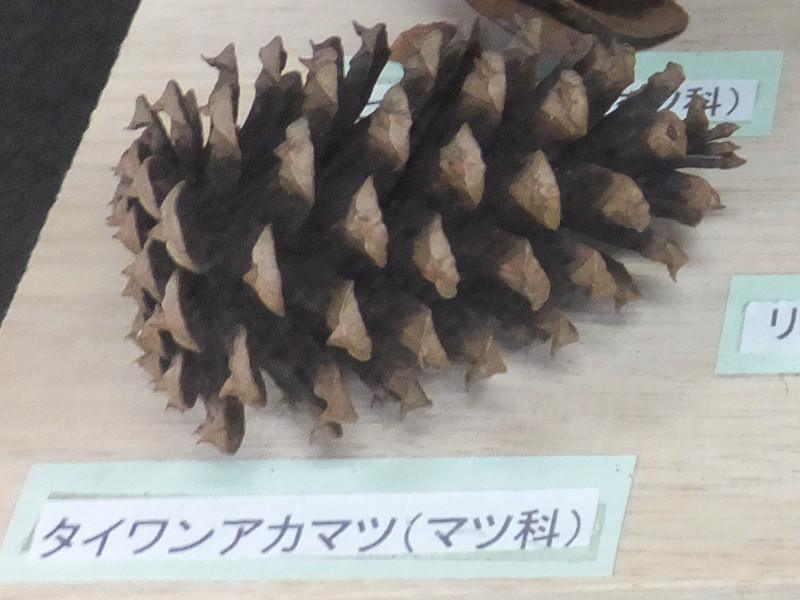Vitis coignetiae
- Flower nameVitis coignetiae
- Scientific nameVitis coignetiae
- Alias葡萄, Vitis coignetiae, シカツ, 紫葛, ブドウ, yama-budo
- Place of originJapan, the Korean Peninsula and Sakhalin
- Place of floweringLow mountains
- Flowering seasonMay, June
- Language of flowersintoxication
What is Vitis coignetiae
Vitis coignetiae, crimson glory vine, mountain grape or Yama-budo (scientific name: Vitis coignetiae) is a deciduous vine shrub of the grape family Vitisceae, native to Japan, the Korean Peninsula and Sakhalin. It is native to the cool mountainous regions of Hokkaido to Honshu in Japan. The vine sprouts vigorously and coils around other trees. The shoots are purple in color. The plant is dioecious. In early summer, the inflorescence grows in pairs with the leaves and produces dense clusters of small yellow-green flowers. The flowers have five petals, which are shed during flowering. After the flowers, the plant produces clusters of liquid fruits. The fruits turn blackish-purple in autumn and can be eaten raw or used to make wine, raisins, grape juice, wine jelly, and fertilizer. The vine is used to make baskets, and the root bark is called shikuatsu and is used externally to treat boils.
Common name: Vitis coignetiae, Scientific name: Vitis coignetiae, also known as crimson glory vine, mountain grape or Yama-budo, Life style: vine deciduous shrub, Origin: Japan, Korean Peninsula, Sakhalin, Vine length: ~20m, Vine diameter: 1-10cm, Leaf Leaf shape: elliptic; leaf margin: serrate; underside of leaf: reddish brown spider hairs; inflorescence: alternate; flowering season: June-July; stem color: dark brown; flower color: yellowish green; petals: 5; stamens: 5; pistils: 1; inflorescence shape: conical; fruit type: liquid fruit; fruit shape: cluster of spherical berries; bark color: green to black Uses: fresh eating, wine, raisins, grape juice, wine jelly, squeezed lees (fertilizer), vine used as basket material, root bark used as shikatsu.
